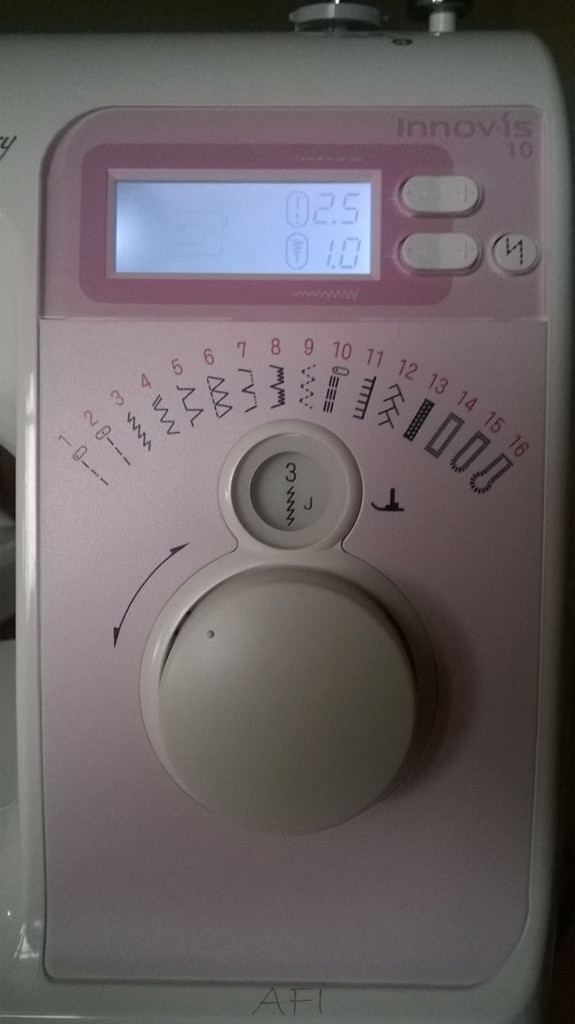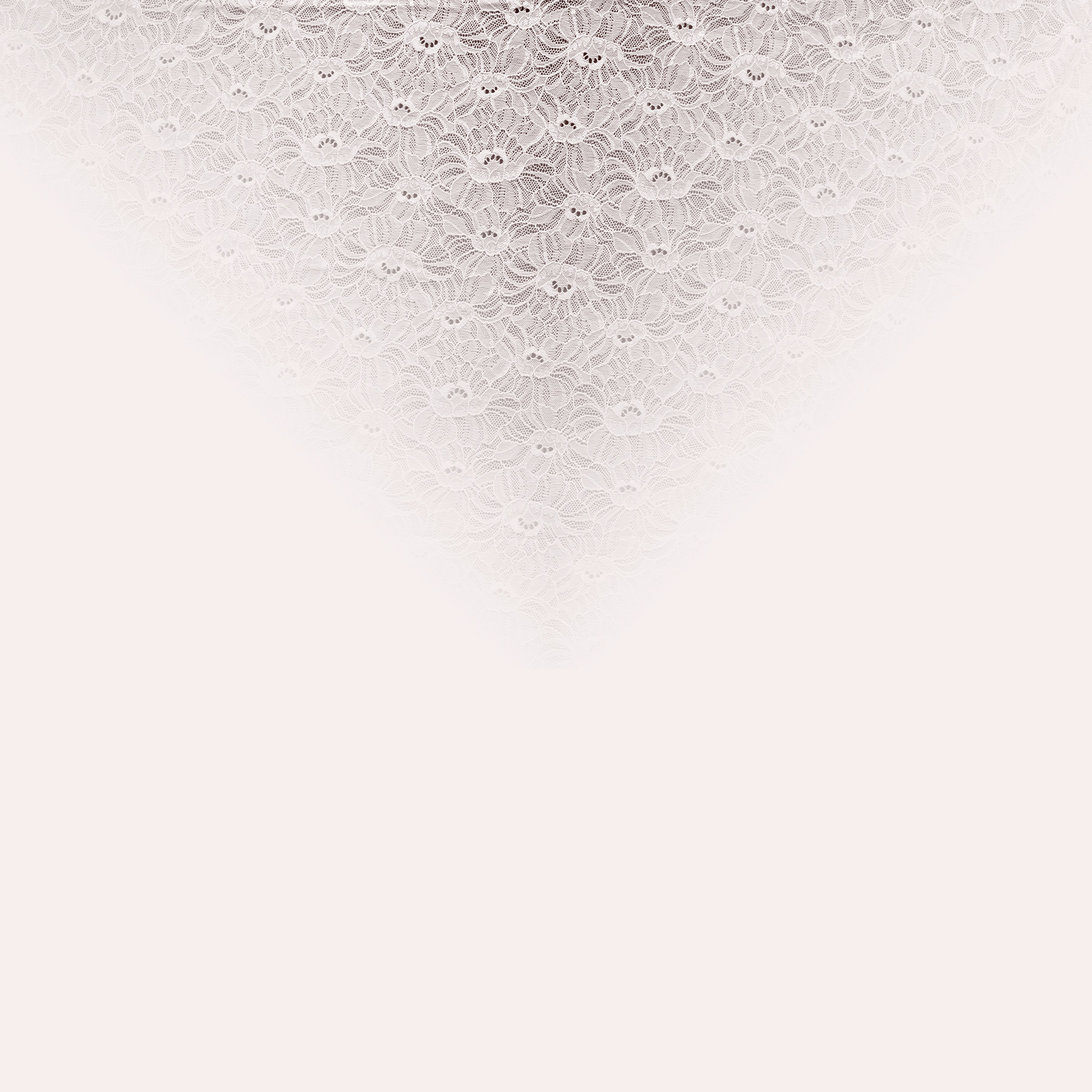When it comes to knit or stretch fabric the simple straight stitch will not work. That’s because the fabric is stretchy while the thread is not (unless of course, you sew knits with special elastic thread), and when you pull the fabric the thread breaks.

How can we sew knits? Most of you already know this, but for those of you who don’t, here it is. There are two machine stitches you can use. One is the special knit stitch called the elastic stitch, and the second one is the zig-zag stitch. If you have neither of them, you can’t sew knits!
Elastic stitch

This is found in all computerized modern sewing machines.
On my machine, the stitch is at number 3. Check your manual to see where is yours. You can adapt the length of the step, but most of the time you use the stitch as it is (for more information read carefully the manual). I use it a lot. The main discontent with it is that for this stitch the machine doesn’t sew backward.
Zig-zag stitch

Zig-zag is a more common stitch than elastic stitch. All modern sewing machines have it, even old heavy machines may have it.
Mine is at number 4. To sew elastic fabric we will have to do some step adjustments.
Adjusting the zig-zag step
Usual zig-zag looks like this:

We need to change it into this:

This means that we need to lengthen the step and shrink the width.

Here are my settings for a fabric that has a 30% stretch factor. The length of the step is 3 mm, the width is 2 mm.


Why do we do this? Well, when the fabric is pulled, the stitch straightens and looks almost like a normal straight stitch. This way the stitch doesn’t snap.
If you don’t know how stretchy your fabric is, read here about the fabric stretch factor.


